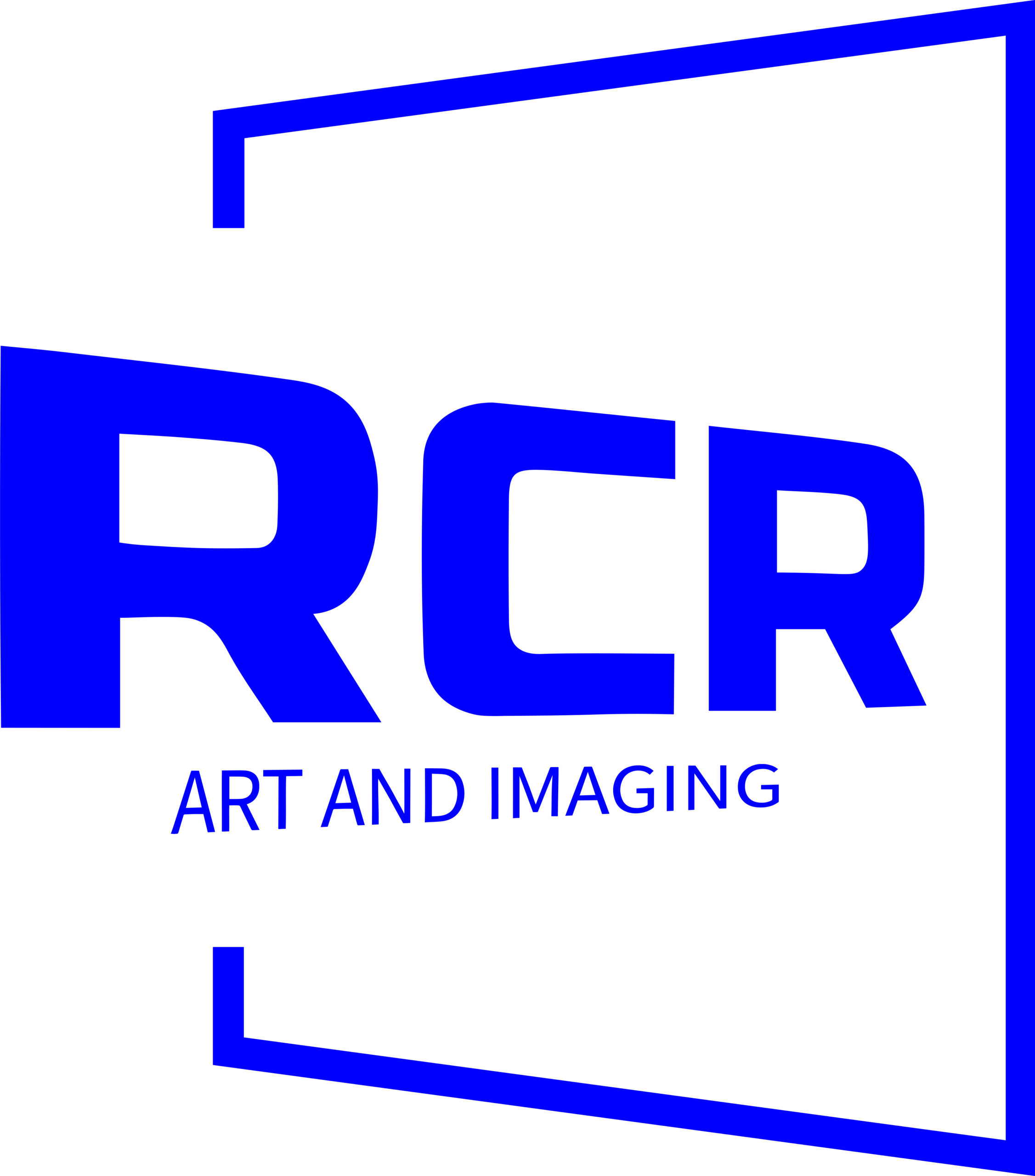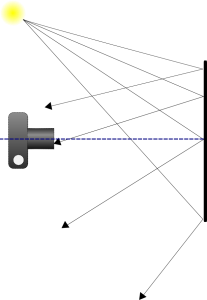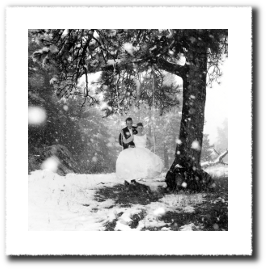 The rising star in online networking is the Google Plus Hangout On Air, or HOA for short. This medium mixes the experiences of video conferenceing, webinars, screen sharing and chat all in one easy-to-use package. The affordable (can you say free?) tool also comes with the added benefit of increasing your SEO, your personal brand and the leverage of your YouTube channel.
The rising star in online networking is the Google Plus Hangout On Air, or HOA for short. This medium mixes the experiences of video conferenceing, webinars, screen sharing and chat all in one easy-to-use package. The affordable (can you say free?) tool also comes with the added benefit of increasing your SEO, your personal brand and the leverage of your YouTube channel.
If you are not using HOAs now, I urge you to look into them. Here are a couple of resources I highly recommend to get you on the right track towards understanding the benefits.
Entrepreneur and Social Media coach; Sandra Watson over at EasyFYINow.com provides valuable direction for those new to any social media platform.
Carol Dodsley has a G+ mastery course for those who want to dig deeper into the G+ community. She also hosts several weekly shows on G+ that cover a range of topics. You can find one of Carol’s posts espousing the virtues of G+ HOAs here.
NewRay.com has a great post that makes a great business case for the use of HOAs
Regardless of the platform, a good video conferencing experience requires some attention to detail to avoid bugs and other road-blocks.
Having troubles with your video dropping out during an HOA? Not getting clear video into your stream? Here’s a few things to do before you start your broadcast:
Attach to your network via Ethernet cable and turn off wireless at your computer. Unless you are running the new experimental gigabit wireless, your Ethernet is likely to be much faster and less problematic.
Turn off all devices on your network that do not need to remain on during the broadcast. When devices are on , they are routinely sending various signals across the network, potentially creating congestion. This network traffic then get’s “heard” by your computer causing it to take processing cycles to evaluate the traffic and determine if it is something it needs to pay attention to. Quieting things down on your network will help your computer focus it’s attention on your feed.
Speaking of quieting… Network and modem cables should never be running parallel and close to a power cord. Power cords emit a small amount of radio frequency interference (RFI) that is picked up by your network cables. This causes glitches that will effect data transfer rates ( slows your network down). It’s nearly impossible to route these completely separated as often they at least need to cross over each other to get to where they need to go – in this case, do your best to cross them perpendicular so they look like a plus (+) sign.
Same goes for USB and Microphone cables too. Keep them away from power cords when possible for all the same reasons.
Use the chrome browser when possible. It’s developed by Google and will likely be the most stable for the hangout plugin.
Speaking of plugins, they suck. Memory and resources I mean. 🙂 They consume ram, processor resources and are constantly pinging the network. Turn off any plugins, search bars, and extensions you don’t need for the broadcast.
Close any browser tabs you don’t need open. One tab can consume between 50 and 300MB of addition memory, depending on what is loaded into that tab. Also, tabs that are open could be sending traffic across your network. Shhhhh…. a quiet network is a happy and speedy network.
Turn off ALL other applications – including browsers – you don’t need during the broadcast. Not only are they slowing down your computer, they are likely using your network. Email apps are always looking for new email. You don’t want to be downloading 25MB of attachments while you are trying to stream 3MB per second of HOA video.
If you are running windows, you can temporarily turn of automatic updates to prevent activity during your HOA. Just remember to turn it back on later.
Run a valid copy of a good anti-virus and anti-malware application and keep it current and up to date. An infected machine = a slow machine.
If all of this is not enough to get things looking good then:
In dire conditions where you have done all of the above and are still having video drop-outs, uninstall any applications that you don’t use on your computer. Many of these applications monitor your network to talk to the devices you just shut off. Printer utilities are a big resource sucker and can often be uninstalled. Do you really need some bit of software to nag you when you are low on paper or ink? Some of your installed applications will also check the internet every few minutes to see if there are updates available that need to be installed – thus slowing your network.
On windows machines: turn off file indexing. This “feature” does make it faster to find files on your machine, but it is also doing a great deal of disk reads and writes, perhaps during your broadcast.
Whew! Sounds like a lot to do, but it’s not really all that much. Once you have cleaned your machine of any malware and removed old applications you don’t need, and moved your cables the tedious work is done. When you are ready to do an HOA the easy thing is to reboot. This will close any applications you have running. When the computer comes back up and you login, open just Chrome, launch one tab to G+ and you should be on your way to a great HOA experience!
Don’t discount the benefits of a good mic, and adequate lighting. For more on that, have a look at the post: Easy and Inexpensive Tips for Better Video Meetings











